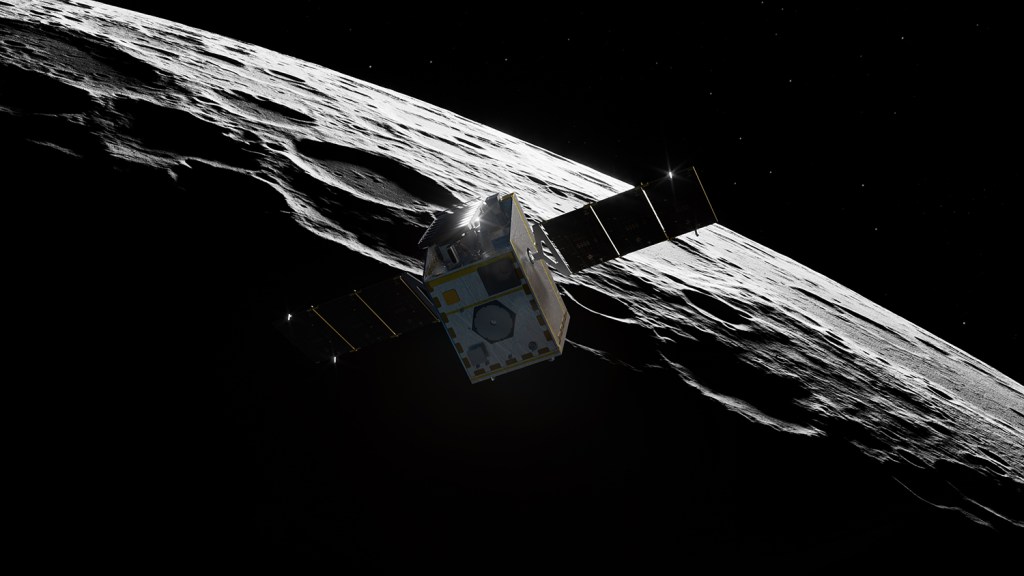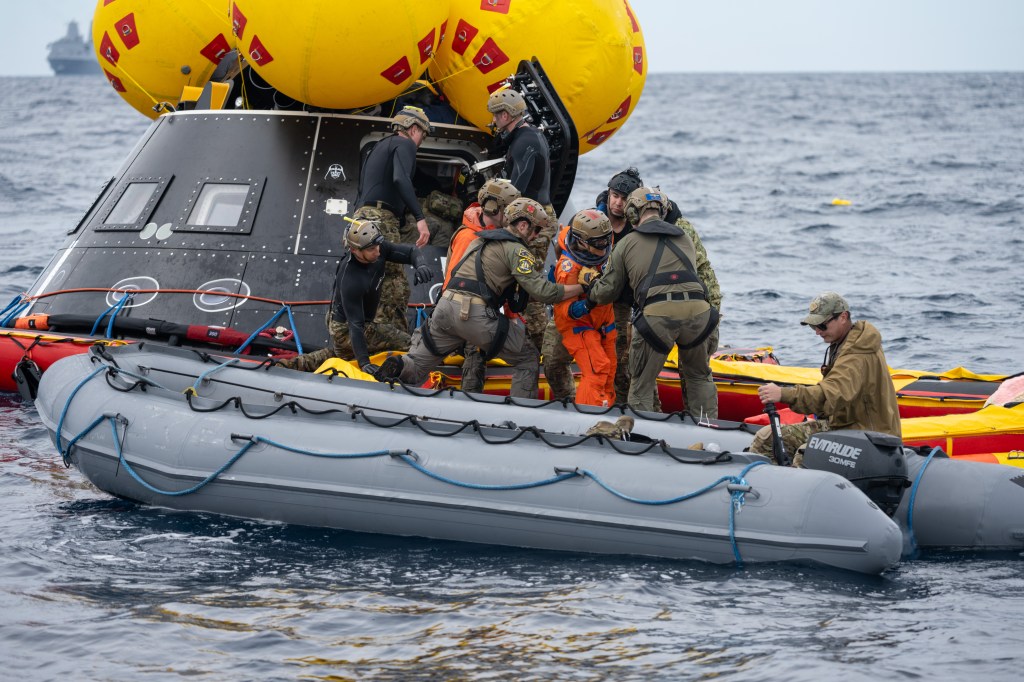Environmental factors, like wind gusts, can factor into an aircraft’s performance. NASA’s new heavy-lift launch vehicle, the Space Launch System (SLS), is no exception when it comes to Mother Nature.
NASA engineers and contractors recently completed liftoff transition testing of a 67.5-inch model of the SLS in a 14-by-22-foot subsonic wind tunnel at NASA’s Langley Research Center in Hampton, Va. Data acquired from the test will help prepare SLS for its first mission in 2017, Exploration Mission-1, which will deliver an unmanned Orion spacecraft to a stable lunar orbit to check out the vehicle’s fully integrated systems.
Wind tunnel tests are a tried-and-true method to understand the forces an object may endure as it moves through the atmosphere.
Instead of learning how environmental factors affect the SLS only during flight, engineers have started at the beginning to improve understanding of how the environment also affects the rocket while it’s sitting on the pad, ready for liftoff.
“In a typical wind tunnel test, we point the model into the flow field,” said John Blevins, lead engineer for aerodynamics and acoustics in the Spacecraft & Vehicle Systems Department at NASA’s Marshall Space Flight Center in Huntsville, Ala. “For the liftoff test, that’s not the case. The wind is actually traversing across the model at much higher angles — simulating a liftoff environment.”
Engineers tested four different payload configurations of the SLS, carrying up to 130 metric tons.
“The test data is key to ensure vehicle control as we lift off and pass the ground tower,” Blevins added. “At supersonic speeds, engineers can more easily compute the forces and moments, but that’s more challenging at low speeds. This test is low speed, with winds in the tunnel only reaching up to 160 miles per hour.”
With winds up to 160 mph over the model, engineers can measure forces and moments that the air exerts over the vehicle.
“Moments, or torque, act like a twisting force on the vehicle,” explained Jeremy Pinier, research aerospace engineer in Langley’s Configuration Aerodynamics Branch.
Understanding forces and moments upon the vehicle at different wind conditions enables the vehicle to fly safely.
Engineers also used a technique for studying airflow streamlines called smoke flow visualization. Smoke is put into the wind flow and can be seen during testing. This allows engineers to see how the wind flow hits the surface of the model. “Understanding the flow patterns can give us insight into what we are seeing in the data,” Pinier explained.
Now that the liftoff transition testing is complete, NASA engineers and contractors can apply their findings to the actual vehicle.
“We will be using the data we receive from this test to run flight simulations on the actual SLS vehicle and assess its performance,” Pinier said. “There’s nothing more motivating and exciting than contributing toward the design of a launch vehicle that will be travelling farther than humans have ever been.”
The SLS capability is essential to America’s future in human spaceflight and scientific exploration of deep space. Only with a heavy-lift launch vehicle can humans explore our solar system, investigate asteroids and one day set foot on Mars. Marshall manages the SLS Program for the agency.
In the video below, technicians at NASA’s Langley Research Center in Hampton, Va. move an 85,000-pound cart on air cushions into the test section during the Space Launch System (SLS) Liftoff Transition testing. The interchangeable carts are used to support and articulate the nearly six-foot SLS model during wind tunnel testing.































